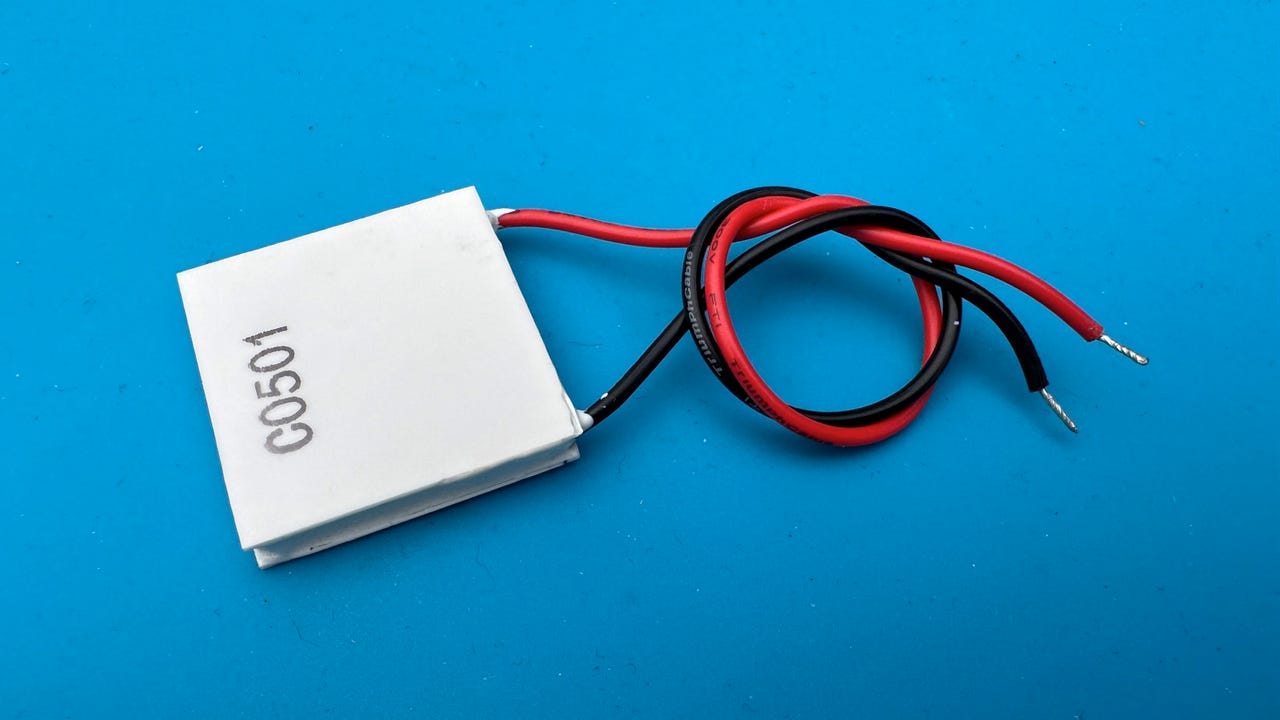'ZDNET Recommends': What exactly does it mean?
ZDNET's recommendations are based on many hours of testing, research, and comparison shopping. We gather data from the best available sources, including vendor and retailer listings as well as other relevant and independent reviews sites. And we pore over customer reviews to find out what matters to real people who already own and use the products and services we’re assessing.
When you click through from our site to a retailer and buy a product or service, we may earn affiliate commissions. This helps support our work, but does not affect what we cover or how, and it does not affect the price you pay. Neither ZDNET nor the author are compensated for these independent reviews. Indeed, we follow strict guidelines that ensure our editorial content is never influenced by advertisers.
ZDNET's editorial team writes on behalf of you, our reader. Our goal is to deliver the most accurate information and the most knowledgeable advice possible in order to help you make smarter buying decisions on tech gear and a wide array of products and services. Our editors thoroughly review and fact-check every article to ensure that our content meets the highest standards. If we have made an error or published misleading information, we will correct or clarify the article. If you see inaccuracies in our content, please report the mistake via this form.
This Raspberry Pi (or other SBC) cooler is better than heatsinks and fans for me

A Peltier thermoelectric cooler module
I was approached the other day for cooling advice for an SBC (single board computer) project.
Without going into unnecessary detail, the issue was that the board needed to operate in an unusually warm environment, and even with a heatsink and fan installed, the processor was running rather close to the thermal edge.
If a heatsink and fan weren't enough to cool the board, what could be done without resorting to drastic modifications? (The board in question was a Radxa Rock 5 Model B, but the solution below would work for a Raspberry Pi too.)
Also: How to cool your Raspberry Pi (and should you?)
I remember being heavily into overclocking the processors in desktop computers, and the more you push these beyond their comfort zone, the harder they work, and the more heat it generated that needs dissipating.
One solution that I used was a Peltier thermoelectric cooler module. This works by taking advantage of the Peltier effect. In simple terms, when an electric current is passed through two dissimilar conductive materials (usually a pair of semiconductors) joined together, heat is transferred from one side to the other. This results in one side becoming cooler while the other side becomes hotter.
View at AmazonThe Peltier cooler is named after Jean Charles Athanase Peltier, a French physicist who, in 1834, discovered the thermoelectric effect that now bears his name.
It's a weird effect -- I'll never get over how strange it is to hold something that is simultaneously both hot and cold --but it's a great way to keep something cool. The warm side of the cooler does itself need a heatsink and fan to carry the heat away, but the Peltier thermoelectric module is a far more effective cooler than using a heatsink and fan alone.
Also: How to overclock and stress-test your Raspberry Pi
You can see this effect in the thermal image below, although thermal cameras aren't accurate because of the emissivity (i.e., reflectiveness) of the ceramic surface of the Peltier module.
Thermal image of both sides of an active Peltier module
I used these to great effect with overclocked processors, and wondered if I could jerry-rig something to work here.
Also: Finding Raspberry Pi: Where to buy the latest model and its alternatives
Peltier modules come in all sorts of sizes and ratings. The one I used was a modest 30 x 30 mm that runs on 5V/1A (although the module will happily run at 3V in my tests), which means I could run it (and the fan) off a small power supply. There are bigger Peltier modules out there, but they'd be overkill for this sort of cooling project.
Peltier module and a Radxa Rock 5 Model 5 single-board computer.
Here's what you need;
- A Peltier module
- A suitable heatsink and fan
- A power supply
- Thermal paste
The thermal paste needs to be applied both between the cold side of the Peltier module and the chip you're trying to cool, and between the hot side of the module and the heatsink. The paste helps improve the heat transfer between the air gaps that would otherwise exist on either side of the module.
Dab of thermal paste on the Peltier module
The cooler fan I had for the Rock 5 Model 5 had fittings that could attach to the board. (I needed to use longer fasteners.) For a Raspberry Pi, I'd sandwich the Peltier between a dedicated Raspberry Pi cooler.
Also: The best cooler for Raspberry Pi power users
The main thing to remember when assembling a project like this is that the cold side of the Peltier goes onto what you are cooling. Don't get this wrong! Sometimes they are marked, but if not, you'll have to power up your module so you can feel the difference.
